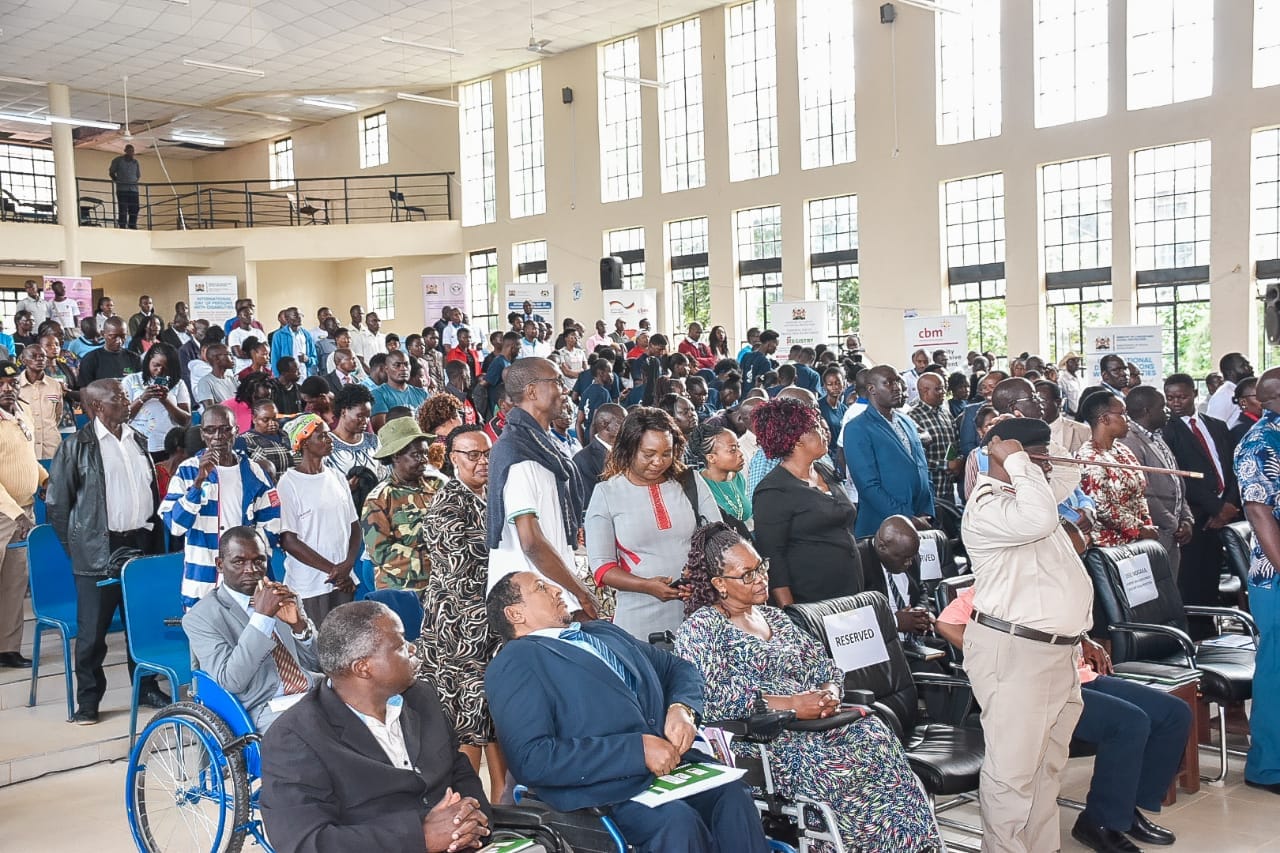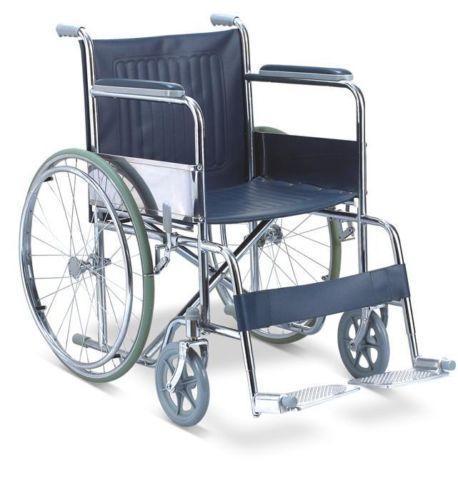This Week's top highlights
Latest breaking news, pictures, videos, and special reports
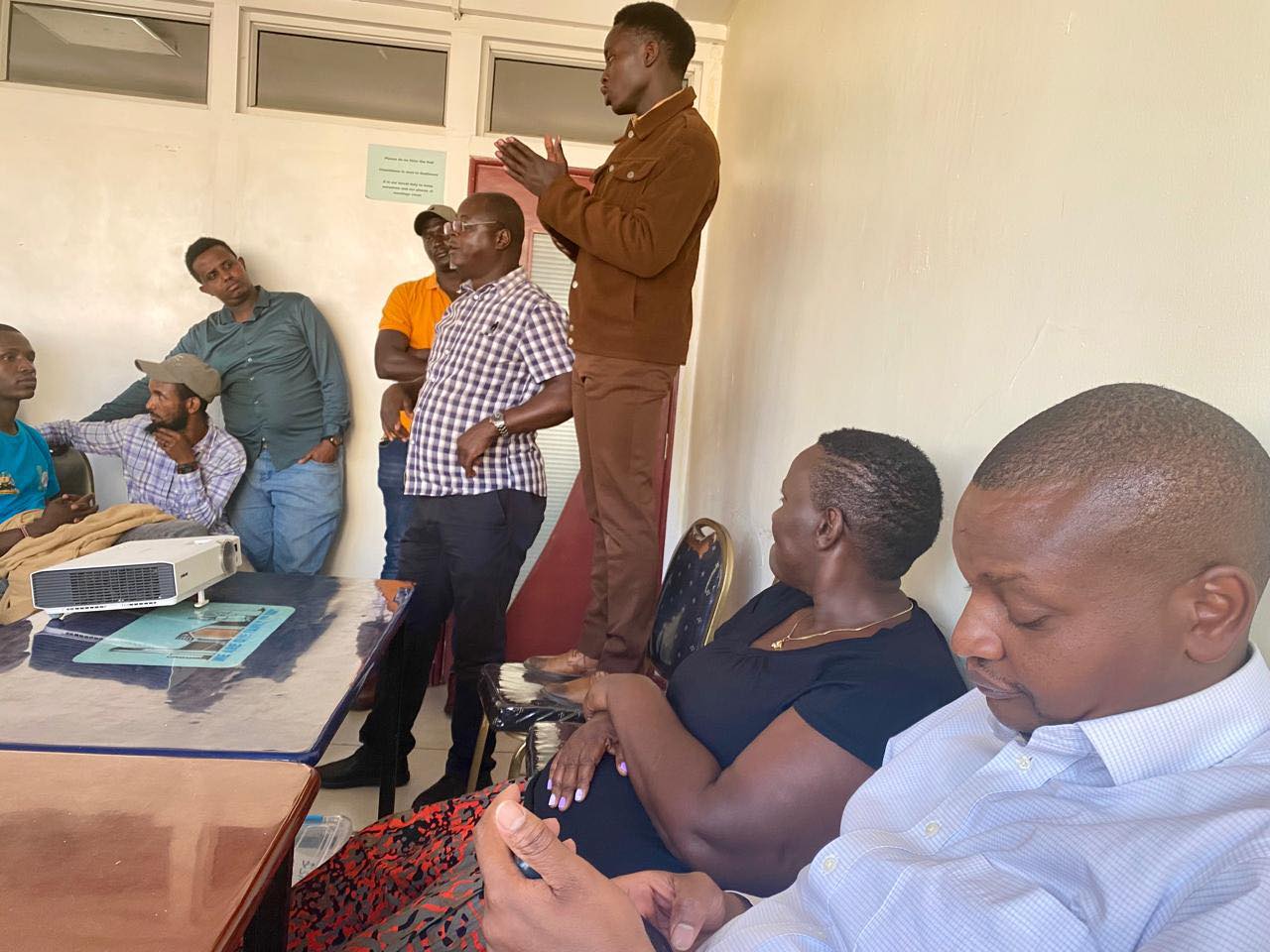
KNAD Presses for Swift Passage of Sign Language Bill
The National Association of Deaf People (KNAD) has reiterated its urgent need for the 2024 Sign Language Bill to be passed immediately, emphasizing how importan...
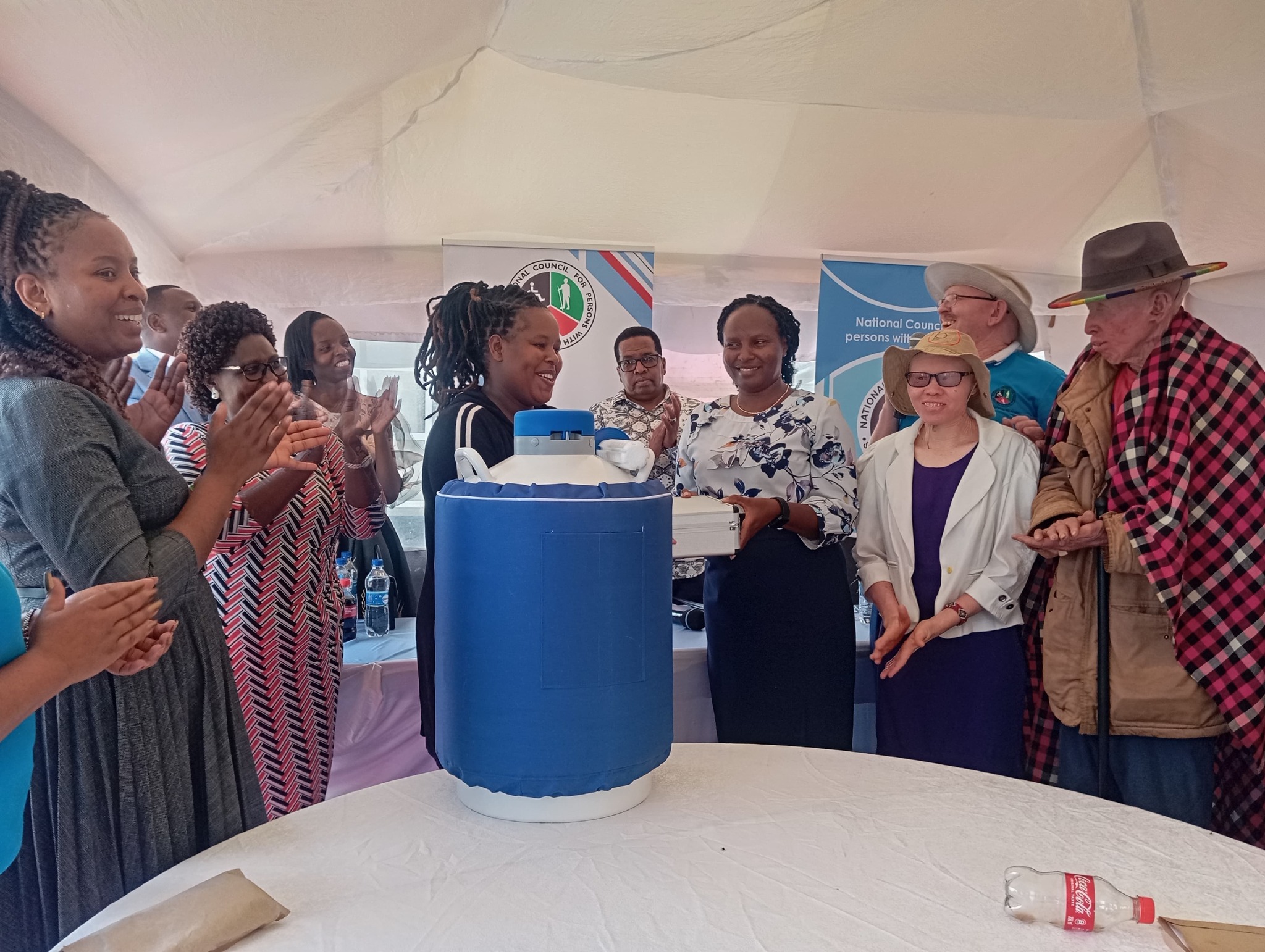
NCPWD Distributes Cryotherapy Equipment to 20 Counties
The National Council for Persons With Disabilities, in partnership with other stakeholders, has launched nationwide distribution of cryotherapy equipment.The in...

NCPWD Celebrates International Women's Day 2025 at Tom Mboya University
The National Council of Persons with Disabilities (NCPWD) on Saturday joined the world in marking International Women’s Day.The event held at Tom Mboya Universi...
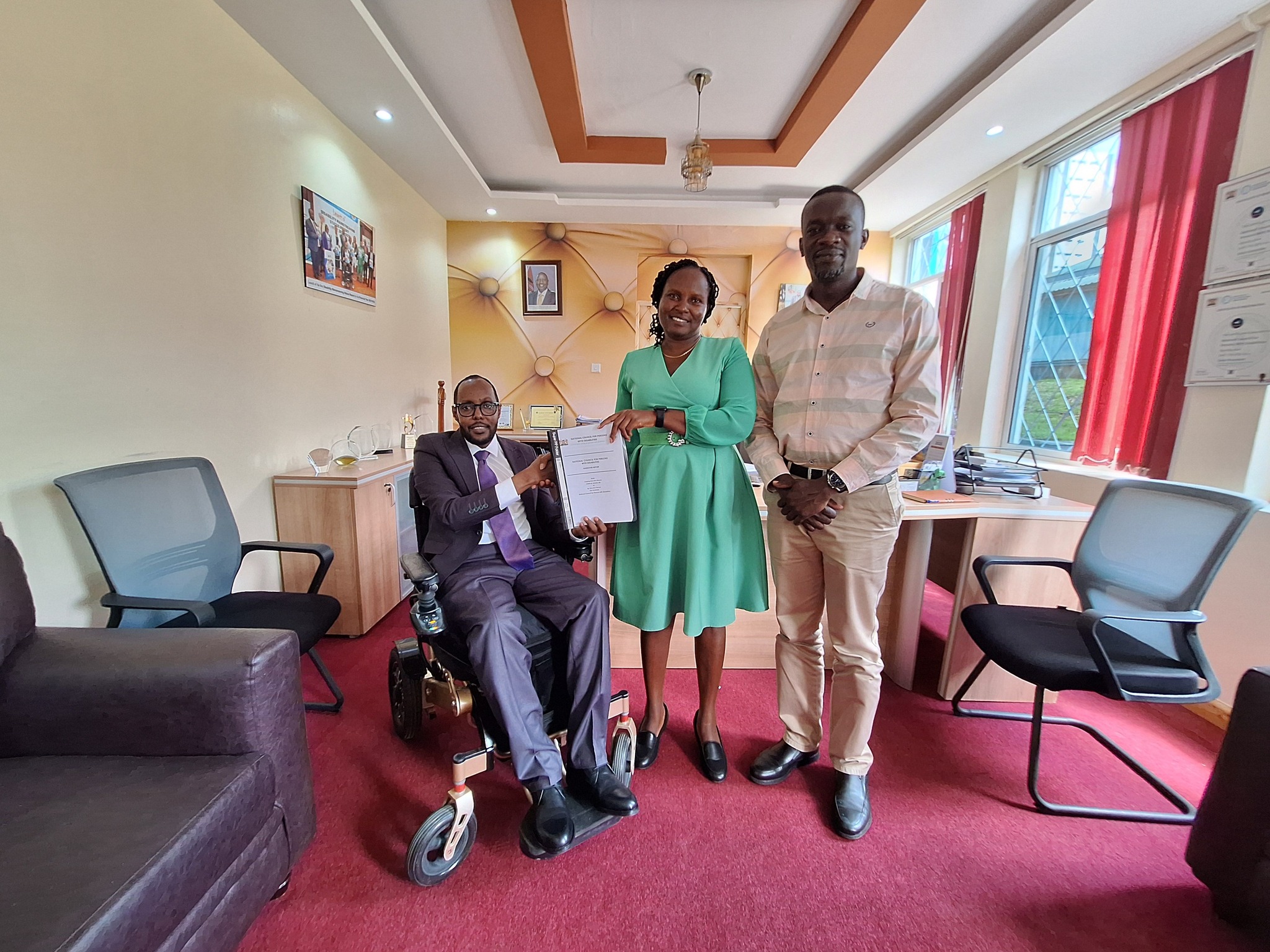
NCPWD Executive Director Harun Hassan Hands Over Reins After Transformative Four Years
The National Council for Persons with Disabilities Executive Director, Mr. Harun Hassan EBS, officially handed over his duties to Ms. Eva Njoroge, who will serv...

CBC Assessments for Learners with Disabilities
The Competency-Based Curriculum (CBC) examines learners with disabilities differently than other learners.The Kenya National Examinations Council (KNEC) states...

UDPK Decries Daily Struggles, Demands Legal Protection For PWDs
The United Disabled Persons of Kenya organization has expressed serious concern about the struggles its members experience on a daily basis, especially while tr...
Trending topics
Latest

US Cardinal Robert Francis Prevost...

Edung Ethekon New IEBC Chairperson

President Ruto Signs Persons with D...

Shoe Attack on President Ruto Trigg...

The Co-operative University of Keny...

NCBA Launches 3rd Cohort of the Go-...

PWD Activist Arrested in Nakuru, Po...

Schools Reopen

Liverpool Crowned Premier League...

Terre des Hommes Netherlands Launch...

Pope Francis' Funeral Ceremony Set...


